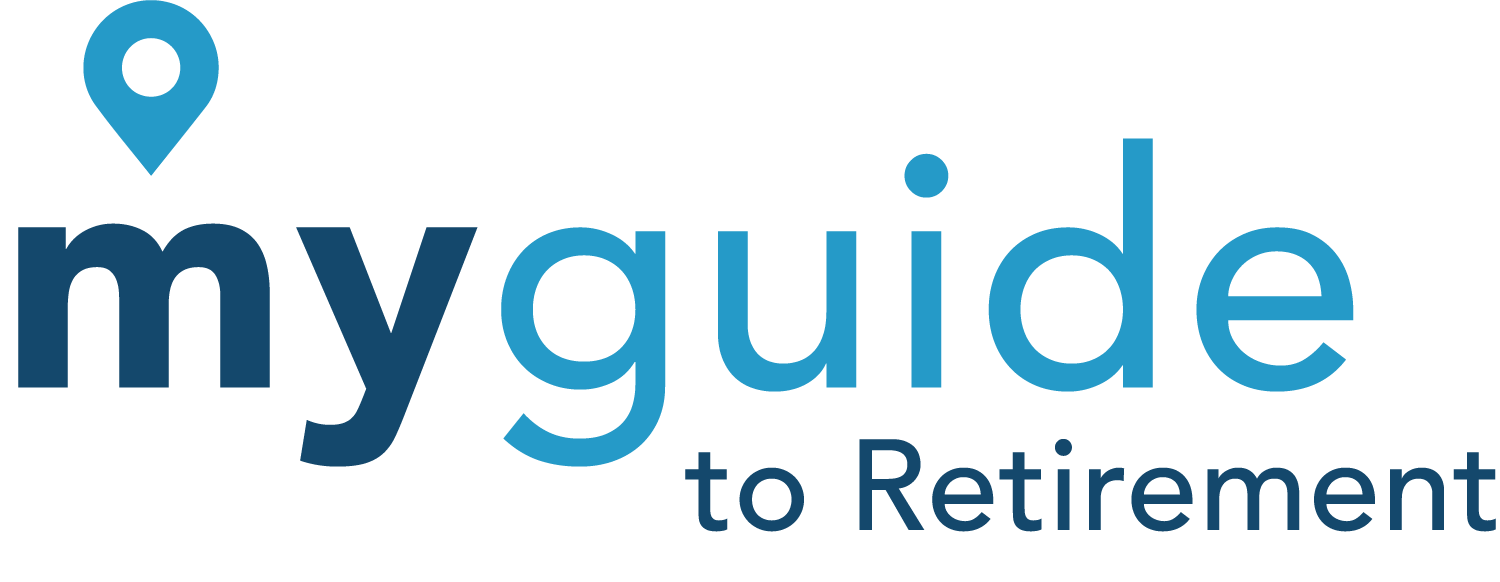

The Medigap enrollment window occurs six months after you turn 65. If you miss this period, you risk higher premiums and loss of coverage. Learn more here in this guide!
Key Takeaways
If you miss the Medigap open enrollment period, you may face medical underwriting, higher premiums, or even denial of coverage. This six-month window begins when you turn 65 and enroll in Medicare Part B. During this time, insurers must offer coverage without considering your health history. After that, they can review your medical records and increase rates or deny you entirely.
Some states offer continuous enrollment or pricing protections (like community or issue-age ratings), and you may qualify for guaranteed issue rights during special events, such as losing other coverage or moving out of your Medicare Advantage plan’s area. If you miss both the open enrollment period and don’t qualify for exceptions, alternatives like Medicare Advantage, Medicaid, or long-term care insurance may provide coverage.
To avoid complications:
- Enroll in Medicare Part B and Medigap during your initial eligibility window
- Research your state’s rules and possible exceptions
- Consider working with a licensed Medicare advisor for help navigating your options
What Happens If You Miss the Medigap Enrollment Window?
Medigap, otherwise known as Medicare Supplement Insurance, is one of the more popular insurance options for retirees. Of all the Medicare beneficiaries, 42% have a Medigap policy. As the name implies, Medigap covers any “gaps” in coverage that Medicare doesn’t offer. Private insurance companies will work with the state and federal government to help offset the cost of copayments, coinsurance, and deductibles that retirees traditionally have to pay more for with a traditional Medicare policy. Typically, it’s the best policy if you have frequent hospital visits or you require a wider pool of providers to choose from.
Despite its benefits, though, you must apply during a specific window of time to be eligible for Medigap. Otherwise, you may face financial consequences or have to look elsewhere for comprehensive insurance coverage. As such, you must know when you should apply for Medigap when planning for retirement. By planning early, you can receive the insurance you need with minimal complications.
Understanding the Medigap Open Enrollment Period
The Medgap open enrollment period begins in a six-month window as soon as you turn 65 and you’ve enrolled in Medicare Part B. During this window of time, insurance cannot deny you coverage or charge you more because of pre-existing conditions. You’ll also get the best possible rate during this time.
As a retiree living on a fixed income, enrolling during this period is paramount. If you get the best possible rate, you won’t have to worry about high out-of-pocket costs — no matter your medical history — giving you more financial leverage to cover other aspects of your budget.
Consequences of Missing the Medigap Enrollment Window
If you don’t apply during the six-month time frame after you turn 65, insurers have the right to evaluate your application based on your health history, and that can drastically affect your ability to find affordable insurance coverage.
Suppose you have pre-existing conditions or chronic health issues. In that case, you may be subject to medical underwriting, a process in which insurers review your past and present medical status to assess your risk level.
Even if insurance companies approve your application after underwriting, you may face higher premiums. Insurers may charge significantly more if you have “high-risk conditions” like diabetes, heart disease, or a history of major surgeries. Over time, these increased costs can add up, making Medigap less affordable than it would have been during your initial enrollment window.
In some cases, insurance companies may deny coverage for you entirely. That means you might find yourself unable to get the supplemental coverage you need, leaving you exposed to significant out-of-pocket costs for deductibles, copays, and other medical expenses that original Medicare doesn’t cover.
Exceptions to the Six-Month Medigap Enrollment Window
If you’ve missed the six-month Medigap enrollment window, all is not lost. In some cases, you may still be able to enroll and receive a reasonable premium rate or receive coverage from insurers.
State-Based Exceptions
While on the federal level, Medigap insurers aren’t obligated to extend the six-month open enrollment period, certain states have additional consumer protections. For example, many states have different ways to determine premiums that can protect customers, including:
- Community rating: Insurers are not allowed to raise premiums for individual policyholders unless they raise the premiums of all policyholders on the same plan. Only eight states enforce this rating — Arkansas, Connecticut, Maine, Massachusetts, Minnesota, New York, Vermont, and Washington.
- Issue-age rating: While insurers are allowed to raise premiums based on the age of the policyholder at the time they apply, they aren’t allowed to raise their premiums for each given year they stay on the plan.
- Attained-age rating: Insurers are allowed to raise premiums every year the policyholder stays on their given plan based on their age and medical history.
If you live in a state that enforces the former two premium rating systems, you won’t have to worry about having a higher premium than if you lived in an attained-age rating state. Other states protect retirees by implementing continuous open enrollment. This means that retirees can plan year-round, no matter if it’s outside of the six months after they turn 65, making it easier to attain or change their Medigap plan.
The states that offer this protection are:
- New York
- Maine
- Massachusetts
- Connecticut
Guaranteed Issue Rights
Even if you live in a state that doesn’t offer many additional consumer protections for retirees, you may still be able to apply through Special Enrollment Periods (SEPs), which occur if you are in the following circumstances:
- You are 65 years or older and you lost employer or union-sponsored insurance plans
- You lost Medicare Advantage coverage either because you moved out of your service area, the organization that offered the insurance stopped providing it, or violated their contract
- You lost Medicare supplemental coverage because the organization providing coverage stopped providing it, or they violated their contract
In any of these situations, you have guaranteed issue rights, which enable you to apply to Medigap without worrying about medical underwriting. During these times, insurers cannot deny you coverage or charge higher premiums based on your health status.
However, your options may be limited to specific Medigap plans, usually Plans A, B, C, F, K, or L, depending on your circumstances and the state you live in. It’s also important to act quickly — these rights are time-sensitive and typically expire 63 days after your prior coverage ends.
Alternative Coverage Options if You Miss the Medigap Enrollment Window
If you missed the enrollment window, you don’t live in a state with additional consumer protections, and you don’t qualify for guaranteed issue rights, you can still keep your insurance costs low by shopping around for other insurance options, such as:
- Medicare Advantage: Medicare Advantage, or Medicare Part C, bundles Medicare Part A and Part B into a single private plan, including extra benefits like dental, vision, hearing, and even fitness memberships. These plans do not require medical underwriting, making them accessible regardless of your health history. Many plans have low or $0 premiums, which is appealing for those managing a fixed income.
- Medicare Part D: This plan offers prescription drug coverage, which original Medicare or most Medigap plans don’t include.
- Medicaid: Medicaid is a state and federally funded program that provides health coverage for low-income individuals, including those over 65. If your income and assets fall within your state’s eligibility limits, you may qualify for full Medicaid or a Medicare Savings Program that helps pay for premiums, deductibles, and even long-term care.
- Long-term care insurance: Long-term care insurance covers services not included in Medicare, such as assistance with daily living activities, home health care, or nursing home stays. While it doesn’t substitute for Medigap’s medical coverage, it’s a valuable option for those planning ahead — especially since Medicare provides minimal long-term care support.
- Retiree health insurance: Some employers or unions will provide insurance for employees even after they retire. These plans often work in conjunction with Medicare and may cover some of the gaps that Medigap usually would.
Each insurance option will come with different pros and cons — some of which will be best suited for personal life, financial situation, and medical history. As such, it’s best to shop around thoughtfully.
Tips for a Stress-free Medigap Enrollment
Ultimately, most people miss the Medigap enrollment period because they either delayed applying for Medicare Part B, they’re confused about the timing, or they may not even know they have a brief window of time to apply. To receive low premiums with Medigap, follow these tips:
- Research available insurance plans well in advance of your enrollment period: While Medigap may be advisable for many people, it’s not right for everyone. To evaluate whether it’s the right insurance for you, shop around and look at all available retiree insurance plans when you’re planning your retirement.
- Evaluate your financial situation: If you have a stricter budget and can’t afford high premiums, it’s best to apply to other types of insurance. However, if you have certain medical conditions that require a wider provider pool or frequent hospital visits, or if you don’t want to worry about out-of-pocket expenses, it’s best to apply for Medicare Part B enrollment.
- Confirm your Medicare Part B enrollment: Before you apply to Medigap, you must apply to Medicare Part B first. Otherwise, you won’t be eligible, and insurers will deny your Medigap application. You can apply to Part B three months before you turn 65 and three months after you turn 65.
- Work with a Medicare advisor: A certified Medicare advisor can guide you on the proper insurance you should look into based on your situation, your finances, and your medical history.
The ultimate rule of thumb when applying for Medigap: do your research. The more you plan in advance, the easier it will be to apply.
Don’t Let Timing Cost You Coverage
Missing the Medigap is a misstep that can significantly impact your financial situation in retirement. However, it’s an easily preventable misstep. When you know the ins and outs of your retirement plan, you can approach these milestones with little to no fuss. For more information about what to include in your retirement plan, sign up for our newsletter! We’ll give you the tricks of the trade in your inbox every day, so you don’t have to worry about missing out on anything in your retirement.
FAQs About the Medigap Enrollment Window
You can apply for a Medigap policy at any time of year, but if you’re outside your Medigap Open Enrollment Period, insurance companies may require you to go through medical underwriting. This means they can consider your health history when deciding whether to approve your application or how much to charge, and they may deny coverage altogether.
Guaranteed issue rights typically apply when you lose other health coverage or your plan stops offering coverage in your area. For example, suppose you lose employer-sponsored retiree coverage or move out of your Medicare Advantage plan’s service area. In that case, you may have a special right to buy certain Medigap plans without medical underwriting. The specific rules can vary by state, so it’s essential to check your local guidelines or speak with a licensed insurance agent.
There are no official penalties like those associated with Medicare Part B, but enrolling late in Medigap can lead to indirect financial consequences. You might face higher premiums, have fewer plan choices, or be denied coverage entirely due to your health. These risks make timely enrollment critical for those seeking stable, long-term Medicare Supplement Insurance.
Moving to a new state doesn’t reset your Medigap Open Enrollment Period. However, it might make you eligible for guaranteed issue rights, especially if you had a Medicare Advantage plan and your new location doesn’t offer a comparable plan. Some states also offer more lenient Medigap enrollment rules so that you could gain access to plans or protections not available in your previous state.
Whether Medigap or Medicare Advantage is the better option after missing the enrollment window depends on your health, budget, and priorities. Medigap generally offers broader provider access and fewer out-of-pocket costs, but it may be harder to obtain if you’re subject to underwriting. Medicare Advantage tends to be more accessible and affordable upfront, but comes with network restrictions and cost-sharing. Some people choose Medicare Advantage temporarily and revisit Medigap later if they qualify for a special enrollment period.
Start Planning Today for a Secure and Healthy Retirement
Use the free tools and resources at My Guide To Retirement to plan a comfortable and fulfilling retirement, according to your specific financial and health goals.

